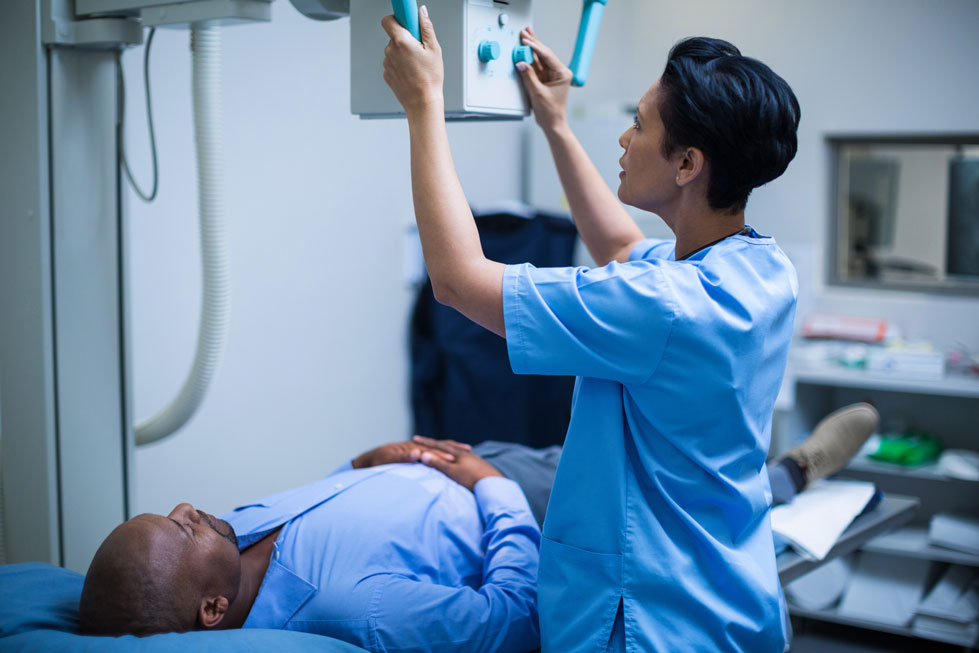Advertisment
Bendy X-ray detectors could revolutionize cancer treatment

New materials developed at the University of Surrey could pave the way for a new generation of flexible X-ray detectors, with potential applications ranging from cancer treatment to better airport scanners.
Traditionally, X-ray detectors are made of heavy, rigid material such as silicon or germanium. New, flexible detectors are cheaper and can be shaped around the objects that need to be scanned, improving accuracy when screening patients and reducing risk when imaging tumours and administering radiotherapy.
Dr Prabodhi Nanayakkara, who led the research at the University of Surrey, said:
“This new material is flexible, low-cost, and sensitive. But what’s exciting is that this material is tissue equivalent. This paves the way for live dosimetry, which just isn’t possible with current technology.”
Most of the X-ray detectors on the market today are heavy, rigid, energy-consuming and expensive if a large area needs to be covered.
Substances built up of hydrogen and carbon, known as organic semiconductors, offer a more flexible solution, but until now, did not allow as detailed an X-ray image to be produced as traditional detectors.
To solve this challenge, scientists at the University of Surrey’s Advanced Technology Institute created devices based on an ink by adding low quantities of high atomic number elements to an organic semiconductor.
Building on the team’s previous research in this field, their new detector behaves more like human tissue under X-rays, which could lead to new, safer techniques for administering radiotherapy, mammography and radiography. Their findings are published in the journal Advanced Science.
Professor Ravi Silva, director of Surrey’s Advanced Technology Institute, said:
“This new technology could be used in a variety of settings, such as radiotherapy, scanning historical artefacts and in security scanners. The University of Surrey together with its spin out SilverRay Ltd continues to lead the way in flexible X-ray detectors – we’re pleased to see the technology shows real promise for a range of uses.”
Co-author, Professor Martin Heeney, Imperial College London, commented:
“We have been developing heavy analogues of traditional organic semiconductors for some time, and we were intrigued when Dr Imalka Jayawardena suggested their application in X-ray detectors. These results are very exciting, especially considering this was the first material investigated, and there is plenty of scope for further improvements.”





